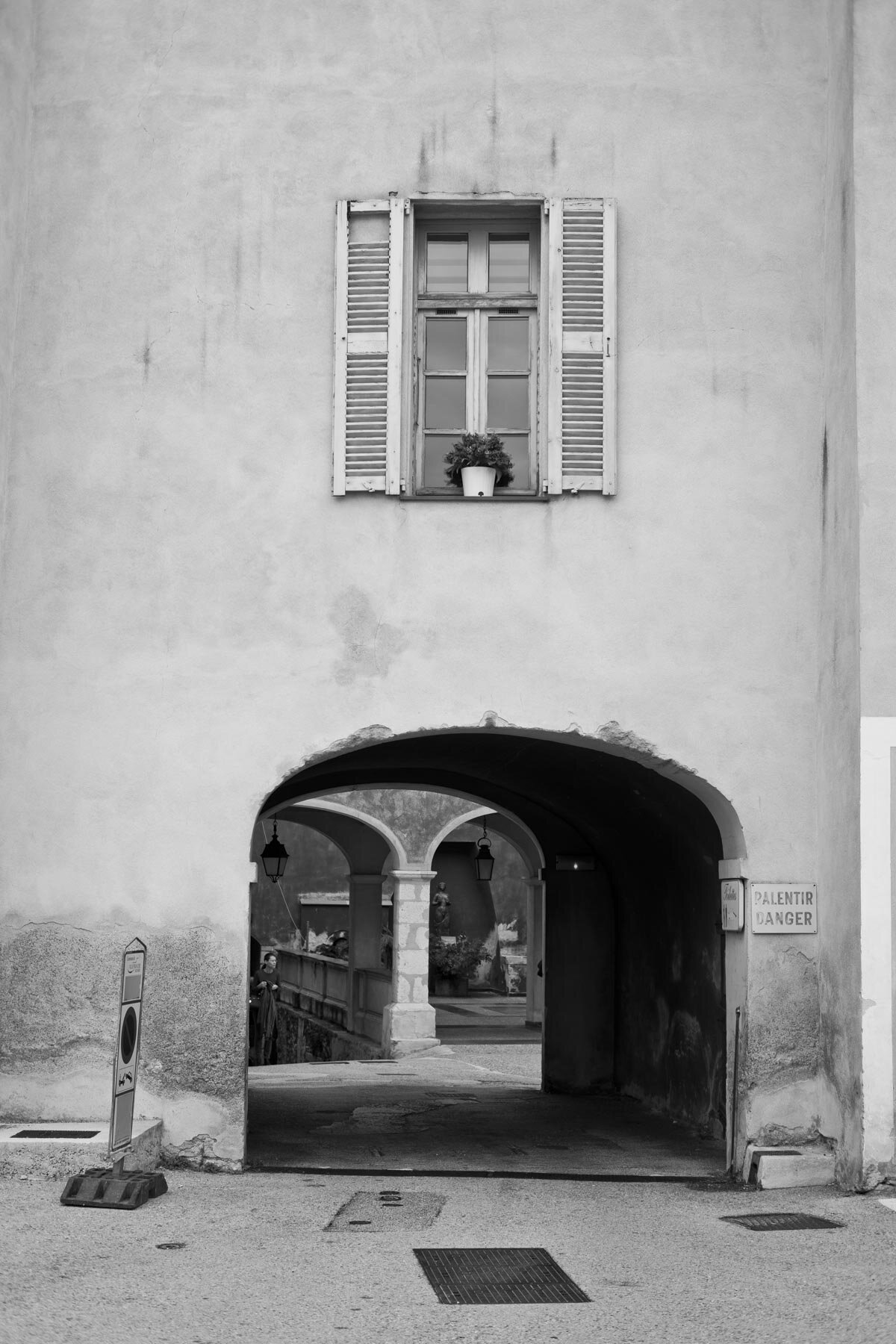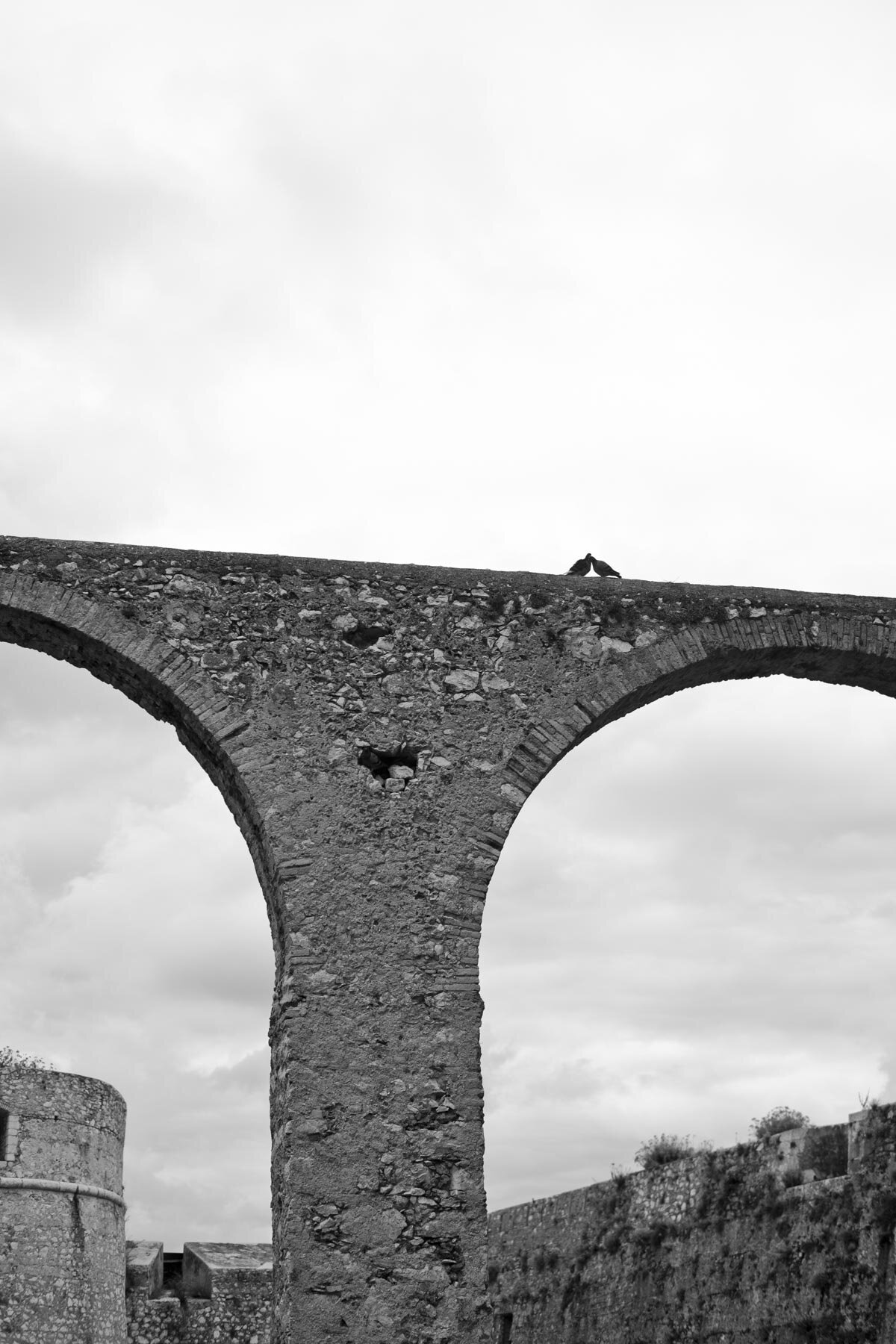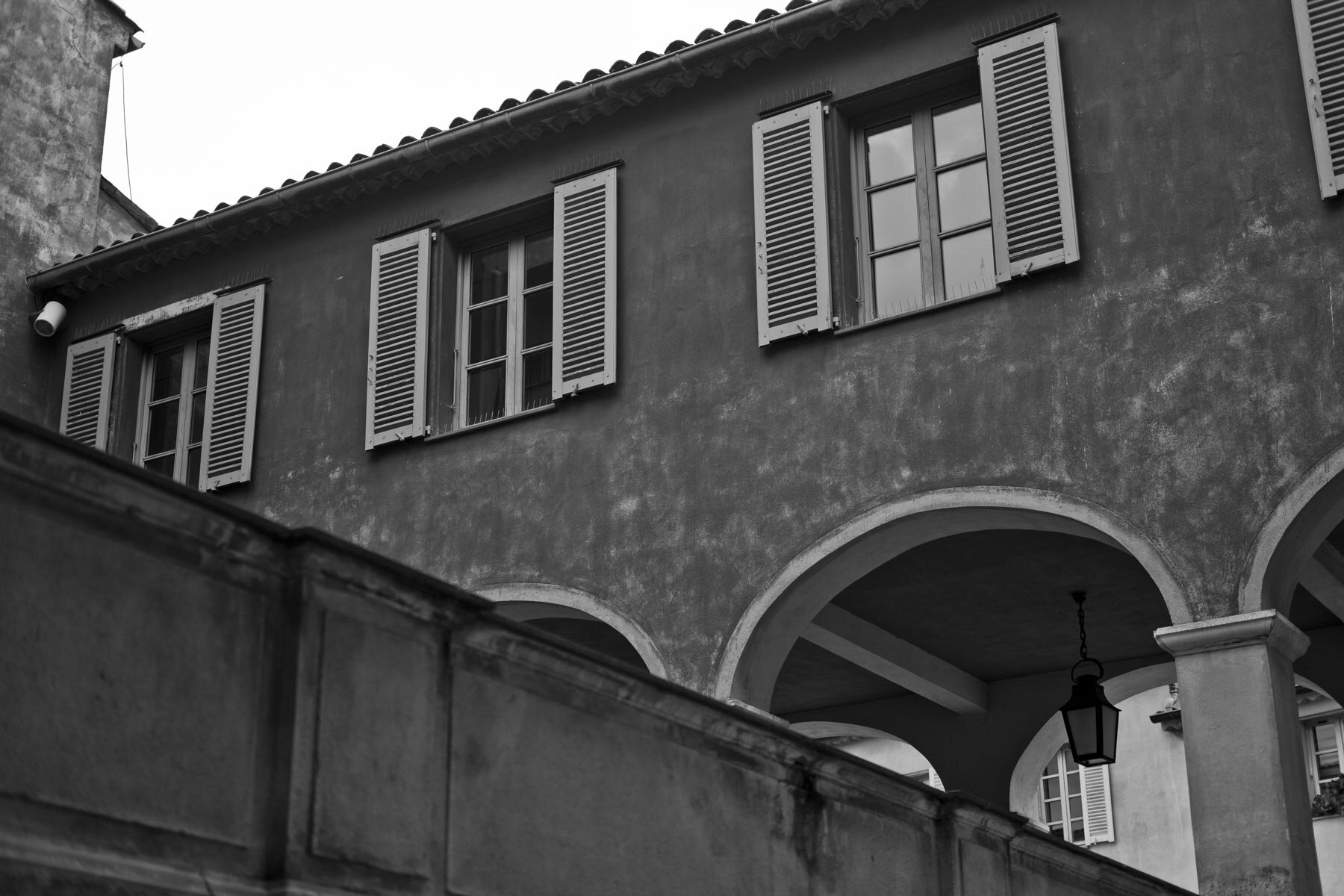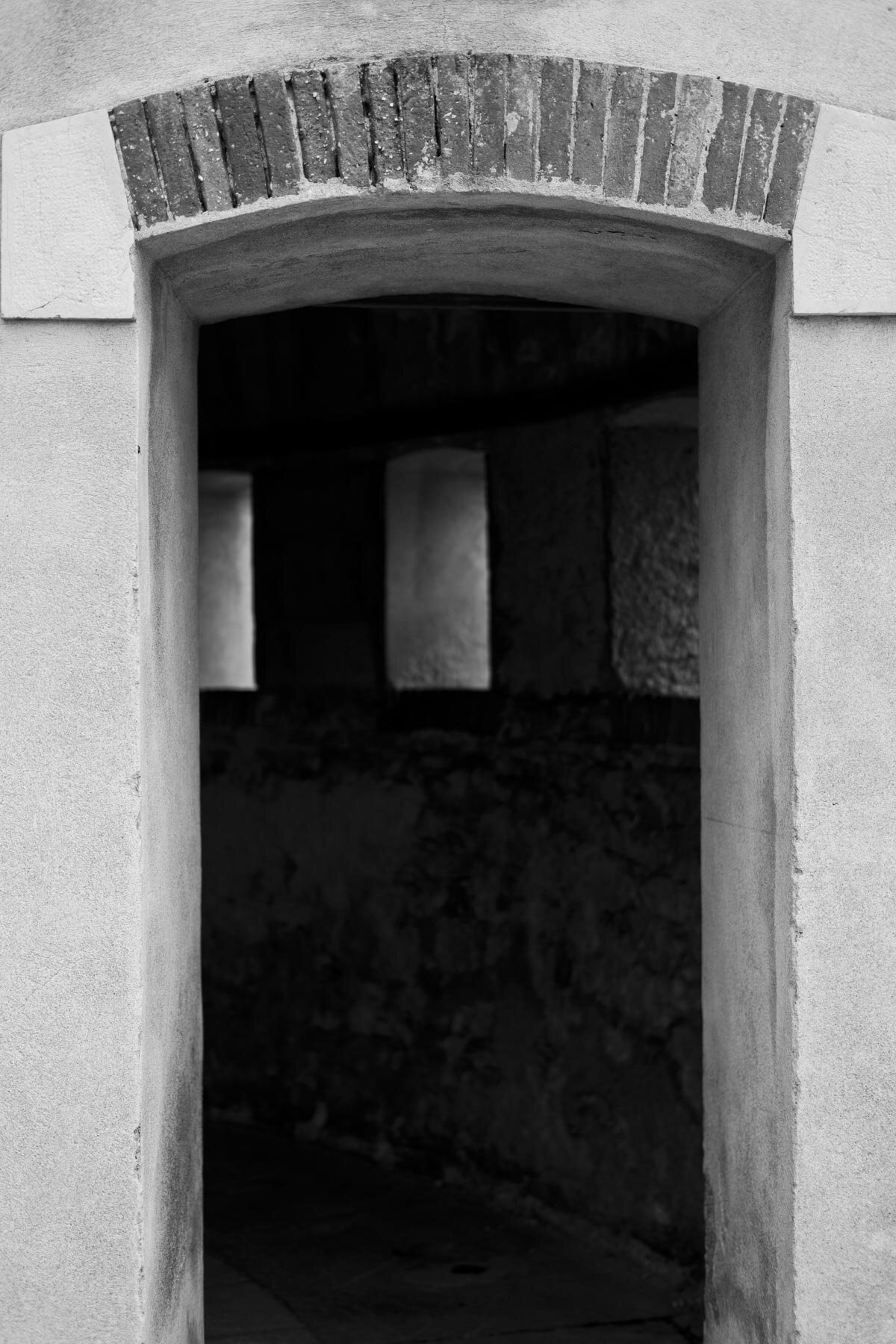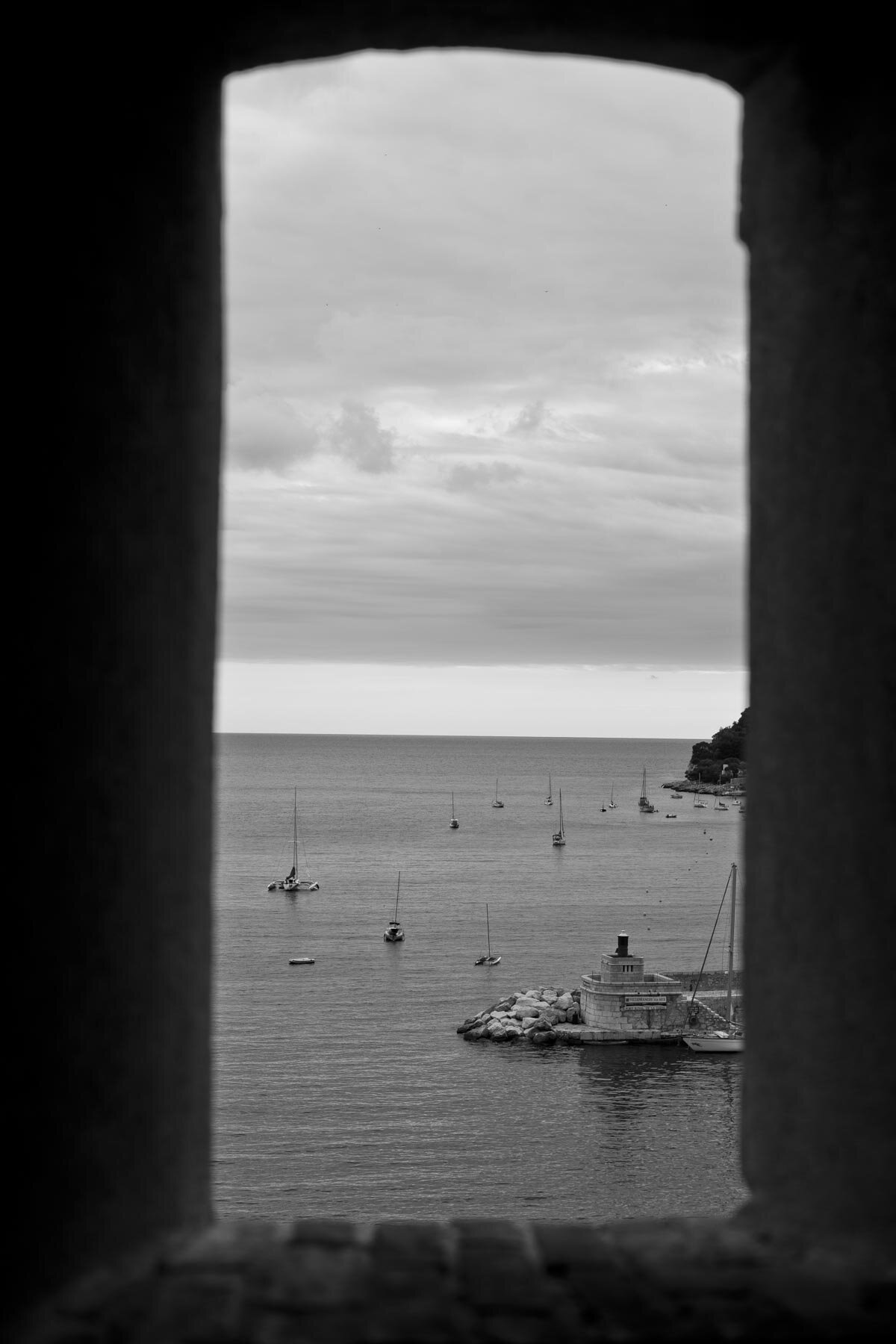Portraits
Portraits
Welcome back to the blog. It’s been nearly 2 years since I made a post, but here we are! Im sure you’ve been patiently and anxiously waiting. As the year comes to an end in about 48 hours this is one of two posts I am making.
Just before Christmas I enjoyed catching up with my friend Mark. Many years ago when we first met I photographed him for his campaign. Then 18, he was running for local office. He wanted to be a part of a positive change in the community. Fast forward to the present, by passing all the office hjinks, the plenteous pizzas we had from Dominos, and the mockery of local politics, we are both in different places in life and career.
Mark has taken up photography using vintage cameras and various films as his medium of exploring the world around him. He has a keen eye for composition and enjoys making photos simply for the fun of it. The portrait of Mark I made below was shot using a Canon slr, a hand held light meter, and Portra 400.
Mark with his Mamiya. Soft focus from 1/15th exposure.
Throughout the Pandemic I didn’t have much time to create work using film. In January 2020 I purchased a very beautiful Pentax 67 that was, by all visible appearances and functionality, brand new. I had plans for that camera as the decade changed. Whatever plans I was making would soon be take away from me. Since purchasing it, it has been sitting on my shelf next to my Hasselblad patiently waiting to come out and play. Our time together was spent producing these head shots for his LinkedIn page, enjoying some food, and catching up on life and business all while making photos.
Travel Photography: France, Some Film, and Mistakes
Hasselblad 500cm, Pentax 67, and a Fuji X-Pro 2
It has been nearly a year since I have posted on here. In that time a lot has happened. A lot is happening. I am not going to share my most significant images of 2019 in this post. I will not be writing about the best shoots I had last year, yet. I have plans for that, but at the moment I am going to start writing here as a daily practice to decompress and reduce the stress we are all facing. I have a goal. I want to take your attention away from what we are all in fear of.
Each post, or story, that I am going to share will be visual based. I will give you insight into the images, the shoots, or the travels. I worked with some great people in the last year. I traveled to new places and made some images that I am excited to share. Initially as I began this post I started with a proverbial quote, “I don’t know where to begin.” Which, is also an oxymoron if that is the intro to your post. I hit the delete key and looked at the blank page for all of 30 seconds before I started with what you’re now reading.
France and one of the biggest mistakes of my career: The first full day of exploring Nice France I kept with me two cameras, a Holga 120 film camera and a Sony a6300 to record any video. After making some great images that would never see the light of day I went to change the roll of film. As I pulled the back of the camera open I noticed the film was lose on its spool. Even though it had been exposed and wound, it was lose. My heart sank and I was irritated. I had with me about 20 rolls of film I planned to capture our trip on. With me I had a Hasseblad 500cm, a far cry from the Pentax 67 kit that I rented. Welp I said to my wife, looks like I am not going get anything with this thing. I threw it back into the bag. Once back to the room I would swap it out for my 500cm.
I rented a Pentax 67 kit with a few awesome lens. A wide angle, a telephoto, a 50mm, a 90 mm and a 75mm. Sounds like one of the most bad ass kits you could think to travel with, right??? Aside from the weight of it, it was a beauty. I am not one to complain about the weight of a camera but this thing was going to be some serious weight to trek around Europe. I really didn’t care that this camera was going to create a back problem, the photos rendered on Portrait 400 were going to be so worth it. So I thought.
Literally 24 hrs before flying the unimaginable happened. The camera’s mirror locked. I was taking out a roll of film that I shot in Joshua Tree a few days earlier. I forgot to take it out after the shoot and as I was prepping the camera and packing my gear I went to remove it. I am not sure how the mirror locked up but it did. Nothing I could do would unjam it. I spent hours searching my camera store and a few other stores for batteries. After swapping them out with a fresh one, it was locked up for good. I was pissed. I spent well over $300 for month long rental and I now had a giant paper weight. I had just purchased a TON of film and was amped up. In my mind, knowing where I was traveling to, Nice, France and the Cinque Terre Region of Italy, I already had images framed and being developed. Those images would never comet to see the light of day, just like the photos from my Holga.
Getting back to our room I swapped out the Holga for the Hasselblad. I was excited to put this baby to work on foreign soil. There was something incredibly satisfactory about looking down the lens of such a remarkable camera in such a beautiful region. Square format, Portra 400, France, sounds like a great time with a camera, right? Wrong. After spending about an hour making photo I finished the roll. Somehow I managed to roll the film incorrectly into the back. Ive done that serval times, usually while loading in a pinch. Also, I don’t use the camera daily, soooo muscle memory..Yet again another set of images that would never see the light of day. I was on a roll. Strike 3. I was out. Needless-to-say I was pissed. I decided right then and there, standing in Old Town in Nice, France I was done with film for this trip. This was the third strike.
Fuji X-Pro 2. That was the camera I decided was going to be my back up. I left home my Canon 6d Mark ii and allllll my lenses. I had with me, as my digital savior, my favorite travel camera. It is the perfect camera for traveling. The only issue, as if you werne’t really expecting another one, right?, I only had one lens, a 35mm. No big deal, right? Well it was sort of a big deal because I was going to be in an area with dramatic landscapes. You don’t want to be standing on the Italian coast holding a 50mm lens in your hands trying to film large landscapes. Really, you don’t. So when you hear, “gear doesn’t matter,” it really does. There are the right tools for the right jobs, just like there are there are the right cameras and the right lenses for specific types of images you intend to make. I would go on to spend 7 beautiful days with my Fuji over my shoulders and in my hands. At times it would be tossed into my bag as I recorded video using my A6300.
The following images are unified not by their physical location, but through the compositional traits they share. Each image fits perfectly next to the next and previous photo. They demonstrate my ability to see, what gauges my interest, and how I can tie images together to form a visual narrative. When I travel I do not just aimlessly point my camera in a direction and hope something magical befalls my lens. I see, I search, I compose through the lens just as much as I am orienting myself in a new place. This type of work satisfies my need to travel and create. Traveling for me is validates the existence of the places in the world I do not yet know exist. Photography for me is a way of communicating my vision, saying this is where I was and what I saw when I was there.. Each photo below is a window, a doorway, a walk way, a space that holds its own composition, the view on the other side. I love architecture and when I can I like to capture images of buildings and architectural features that represent the styles and periods of history of places I am traveling through.
I did mention above that during this trip I did make the biggest mistake of my camera. I will be explaining that in more detail of a few more posts about this trip. For now, enjoy these photos. Cheers and stay happy.
Hasselblad 500CM: A Legendary Camera
"So I bought a Hasselblad 500CM and I am super excited. I actually bought it back in September and have been using it as often as I can. There are a few reasons as to why I bought such a camera, read on! "
Inspired
So I bought a Hasselblad 500CM and I am super excited. I actually bought it back in September and have been using it as often as I can. There are a few reasons as to why I bought such a camera, read on! .If you were a commercial photographer working between the late 50's and the early 2000's, you likely shot on a Hasselblad and had an awesome career. Chances are you know more about them than I do or will ever know about them. I am learning as much about them as I can because I have a goal. My goal is to use film on commercial shoots. You heard it here and now and I will say it again. I want to shoot fashion and portraits on film There are quite a few photographers that I have come across that are doing so. There are rumors of film not only staying a live, but photographers that are working hard to preserve the continuation of film. The whole "Film Is Not Dead" movement, it would seem, is doing a great job of keeping it alive.
Ive said it before and will continue to say it. I grew up during the wrong time period. Film was coming to a rapid end by the time I really discovered photography. Rather, photography was taught to me and it discovered me. Some amazing work was produced on film between the 30's and 2000's and being a photographer during those years, you weren't saturated in a market or industry like today where everyone has a camera in their hands. If you were shooting film, it wasn't about the mega pixels, it was about film speed, shutter speed, f-stops, light, composition, and most importantly, the story. It wasn't about how fast you could shoot something and post to Instagram. The process was slower and more methodical. Something I am working on achieving in my work.
Juliane, Brooklyn, New York City, September 2017, Kodak Portra 160
At the end of the summer I, once again, began thinking about a Hasselblad. I have never used one, owned one, or really had a chance to hold one. I used a 35mm Konica sir when I was in school. My first real camera, which was given to me by my aunt, and later a 35mm Nikon N80. I did shoot a lot of medium format film, but I used a Holga, a cheap plastic camera that I used to make a lot of artistic images. Since my business has been growing so well, I thought about how fun it would be to buy a Hasselblad and use it for the purpose of art. When I began Googling Hasselblad, it became very clear that I had the gear bug. I wanted one. I started looking at the prices and was a bit put off by a few of the online retailers that were reselling them. A few years ago you could get one for a steal. Today, not so much. I was joking on social media that hipsters who never used film were responsible for the costs being driven back up. Truth is, it might be a few factors, such as people like me, photographers who want to use something they never had the means to use, people that used to use them for work and want to play with them now, or people that just want to try using film, whether they are new to it or used to use film.
I couldn't walk away from the idea, even with the prices being north of what I wanted to pay. I began watching youtube videos about them, which only fueled the interest even more. Then I started finding photographers that are shooting fashion and portraits on film. In fact, there are a lot of people who shoot on film, including photographers who shoot film exculsively. Not everyone is a commercial photographer, but some are great photographers who happen to like the idea of film as much as the results of film. It was during my Youtube research that I discovered how easy it is to process color film at home. Really easy as I have discovered. My formal education in film photography. I spent a lot of hours in the darkroom, something I miss.
Why Film
Why not? Right? But no, for real. Film is film and film has its place in the world still. Over the last 10 years I have shot a bunch of film. I went through a period shooting Polaroid, the professional stuff that was discontinued like a year or so ago. When I was shooting it, it was stupid cheap. I was seeing packs on Amazon for less than $8.00. You could get bulk quantity, which brought the price down to about $5.75, the lowest I saw. Then, with no warning Fuji dropped a bomb and the prices went through the roof. Since then Ive used one pack and thats it.
Film has a look and feel, sometimes a grain at the higher ISO that has a texture that is to die for. Tri X 400, such a good film. I have been shooting a lot of Kodak Portra 160. It is a great film with nice tones. I will be experimenting with some Fuji film shortly as well as Kodak Portra 400. But in all seriousness, film produces something that digital does not, a tangible image that can be take right from the camera to the developing tanks to the film scanner and the pages of a magazine with almost no post processing with minimal to zero retouching, if that is your thing. Due to a computer upgrade this past January, I had to replace my film scanner when I bought this Hasselblad. I skimped and bought the mid range Epson 600. Its a good scanner, but it is no drum scanner. So again, the question, "why film?" To simply put it, each roll has 12 frames on it. That means you have 12 images to gain from 1 roll. In the age of digital, you can shoot 1,200 images in a heart beat and find the image you need. With film, you can not shoot on auto and make 1,200 images and just pick what speaks to you, you have to make the image through a strong, well lit composition in camera, and ensure that you have directed the image to be exactly what you want to see. If you are working on set and the art director wants to see something with motion, you'll need to ensure that you're on point with capturing motion quickly and effectively. It make take all 12 frames just to get that one image, but that is part of the process.
What will have been reinforced several times throughout this post is that I bought this camera to slow things down. I am in the process of developing my portfolio. I am shooting a Canon 5dS with a Sigma 85mm, using natural light as well as strobes to make the work I want to be shooting full time. I am integrating the Hasselblad and possibly other film cameras to be added, as I have a nice Nikon F4, another legend, and perhaps I will use a Helga on set...But I am using the process of shooting film and a Hasselblad to refine my abilities to direct models as well as the people I am shooting portraits of. I have been reading more and more articles about film used in both fashion and portraiture. 1 name comes to mind, a recognizable name, Platon. This dude is a legend in of himself, shooting some of thee most incredible people in the world and doing so on film. But a simple google search of photographers using film, or film and fashion, will bring up some impressive results.
See, the thing is, with the internet and the times we live in now, we can learn so much more, that much quicker. This alone is helping people to learn about film and bring about a strong use of film in various industries, such as fashion. For every portrait shoot I do, I will shoot a roll of film. For every model test that I produce, I will also be shooting film. This is a goal that I am passionate about. Will film make me a better photographer, no, it will make me a better director, which will make me a better photographer. If I go shoot a dramatic landscape with my Hasselblad, I will get a pretty picture. If I shooting film and directing a model to pose and emote everything I want to see and do so without hammering the shutter button, I will be gaining more experience with communicating and directing, which is something I am working hard at.
First Impressions
When I sat down I was excited. I was handed a Hasselblad 500CM by the older guy who sat across from the Starbucks table at Barns and Noble. I eagerly opened the view finder and moved the camera around and looked for something to focus on. I moved my hand slowly until the image came into focus. I was happy. I was excited. I was sold. I found the craigslist ad posted in a city 90 miles away. The guy said he posted it there because he thought that market would sell faster than ours. Funny I said, because "here we are and you're selling it in town."
In terms of a camera, a medium format system is far more complex than a 35mm camera set up. There are more components to the system. A 35mm camera has a body and a lens. You open the back and load your film. Some have lenses with auto focus where as there are others that are manual focus. A medium format camera system such as a Hasselblad have a body that takes a film back as well as a leaf lens which has the f-stops and shutter speeds in it, a lens that differs drastically from a 35mm sir lens, and the viewfinder, which can be changed out. The shutter is located in the lens, not the body such as a 35mm, which equates to that drastic difference. How the Hasselblad functions is vastly different as well. It takes a considerable amount of time to learn how to use the system, such as focusing and building the composition. If all you know is digital cameras and iPhones, expect a big learning curve if you plan to purchase a medium format camera. But for me, it wasn't about the glamour of using film, no, for me it is about how the camera functions, the process of focusing and composing, the process of setting an f-stop to work with a shutter speed on a leaf style lens. For me, it is a process of slowing down and thinking more. I want to be able to direct the shots, not let the shots be directed.
Lake Dunmore, Salisbury Vermont, Kodak Portra 160
Practice
Shoot. Process. Repeat. Film is funky and temperamental at times. It has a job, be exposed, record the image with the use of light, and be rendered in permanence through the use of a chemical process. It takes a considerable amount of mechanical skills to load film onto a reel in the dark. If you have never done so, it will take you a bit of time to be 100% fluent. When I was in school I might have ripped a roll of film or two trying to get it on a reel. Practice, practice, practice, I will keep saying it until you beyond confident and can get it done in seconds, not minutes.
Since I am shooting 120 film, the reel is wider to accommodate the width of the film. It takes a bit more effort to roll the film on to the reel smoothly. It does not go so easily when using a plastic reel. I have found that the natural curl the film has from sitting on the spool has caused the film to come to an abrupt halt when trying to load it. There are two little ball bearings on the left and right side of the guide entrance which are responsible for this. Super annoying. It took loading an unexposed roll of film in the light to figure that issue out. I am glad I did so, as now loading these plastic reels should go smoother and not take 10 minutes per roll. (Insert eye roll). The most frustrating part of this process now, is that I remember back to when I used to roll 120 film onto reels after shooting with the Holga cameras. Never did I have so much issue doing so. I feel part of the problem now is that I am putting to much pressure on myself to do so.
Robyn, Kodak Portra 160
Since I have been shooting so much color film, I have also run into the super technical dilemma of keeping the chemistry at the 102 temperature. What I have to do is run the chemistry under hot water, usually between 120-140 degrees for nearly 10 minutes before the chemistry gets to 102. By the time the developer, first step at only a whopping 3:30 (mins/secs), is hitting the film, the water temperature has dropped, which can cause the Blix, second step, to start to cool down. The Youtube video that I watched that showed how easy it was to process the film featured two guys filming in a kitchen and processing the film in basically a sink. They made keeping the temperature consistent, look easy. It is not. I am working to solve that issue. I am not sure if it is the sink itself or the hot water heater in the house... Maybe in the future I will post about it, but for now, I must deal.
Juliane, Brooklyn, New York City, September 2017, Kodak Portra 160
Lessons Learned
I have shot and processed about a dozen rolls of film. I have freaked up loading two rolls and accidentally exposed a roll of film while loading it on the reel. I can only imagine how many other people can relate. Back in the day commercial photographers would have assistants loading their cameras. The job was to get the film in the back and have other pre-loaded backs ready to swap on the the bodies when the 12th images was exposed on the roll. These assistants were the forefathers of today's digital techs and assistants.
There is a little piece of metal that slips into the film back, the dark slide. I have forgotten to put that back in while unrolling the film from the back. I was told, thank you Youtube photographers, NEVER to take the back off while the slide is out. That is a mistake I have not made and will not make. I have seen a few frames that have this light leak that comes from the same direction. All signs point to the dark slide causing light to leak when I insert it back into the film back. If I am going to shoot the entire roll of film in one shoot, I will keep the slide out. If I need to stop shooting and put the camera away, I am forced to replace the slide in its place.
Shoot More, Fail more, learn more, shoot more, Succeed
To alleviate the headaches of improper film loading in the camera, the processing reel, and to ensure things run smoothly and I have a 110% grasp on this new system, I am going to get some black and white chemistry and black and white film and shoot a ton. It is easier to process black and white, as you don't need to have the chemistry at a consistent 102 degrees. Plus I will reserve working in color on film for the commercial work that I want to do with the camera. It is incredibly important that I make using this camera a success. With the dollar amount already invested into the camera and the time thus far, I will not stop until I have taken this to the level I want to.
We are expected to fail. Failure is part of the creative process. When I think back about my business, the images I have made, the projects I have started and either never completed or walked away from, I don't see a lot of failure. I do however see a lot of attempts, a lot of learning, and a lot of taking what I have learned and apply to current and future projects. I try not to think about failures and what hasn't worked, because there is so much that I want to work, that I do not want to be brought down by any one thing. With this camera system, I want the process to be successful, not for the financial gain, but because, like I mentioned above, one of the main reasons for this camera is to slow things down and have a better directorial approach to my work. By my measures, I would say I am 80% successful.
Juliane, Brooklyn, New York City, September 2017, Kodak Portra 160







